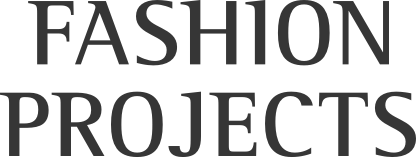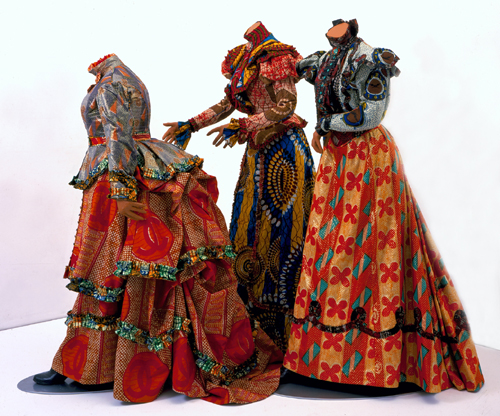Source4Style: The New Sustainable Fabric Marketplace
/by Kimberly Burgas
Summer Rayne Oakes at a recent event for Source4Style.
Source4Style is the new venture of eco-friendly model and sustainability strategist Summer Rayne Oakes. An online marketplace for sustainable fabric to be launched in September, it will surely make significant waves in the sea of fabric sourcing. Filling the dearth of online eco-friendly sourcing options available to fashion designers, Source4Style allows both the seasoned eco-designer and those merely looking to dabble the ability to make socially and environmentally conscious decisions without the blink of an eye.
Oakes took the time to explain us how Source4Style works:
Once launched (anticipated for this September), designers or buyers will need to register to use the site, free of charge. There will be a small fee for suppliers. As a designer or buyer you are presented with several options when you log on to the site. The browse feature allows you to do just that: browse through the current and expanding collection of over 1,000 fabrics from over 25 suppliers; the best option if you have not yet honed exactly what you are looking to purchase. If you are entering the site with a particular fabric in mind, say an organic cotton from Turkey, Source4Style allows you to perform an advanced search specific to your needs. Queries can be narrowed based on fiber, country of origin, price, and weight. The Source4Style team is looking at expanding its query options to include certifications as well.
Each fabric, presented in both drape and flat formats, includes a detailed 300 dpi image, recreating the trade show experience online by allowing the buyer to “feel” the fabric’s texture through macro magnification. The “Swatchbook” feature is incredibly useful, similar in affect to Amazon’s “wish list” or for the library nerds out there, EndNote, creating a record of fabric of interest to the buyer. Within the Swatchbook you can add notes to fabrics for your future reference, purchase yardage, and purchase a swatch. This option provides a seamless browsing experience to the user and as Oakes describes it, encourages “a sense of discovery” that is often lost in the sourcing process.
The company refrains from making overall claims as to how eco-friendly a fabric is - a largely subject and personal decision - and instead champions company transparency. As Oakes notes, “it is less about creating a scorecard,” but noted that the company may take on the evaluative role in the future. Presently, sellers on Source4Style must first complete an in-depth questionnaire on topics of business and production practices, environmental processes, and for those handicraft sellers, cultural preservation.
Stay tuned for more updates on the September launch of Source4Style.



















